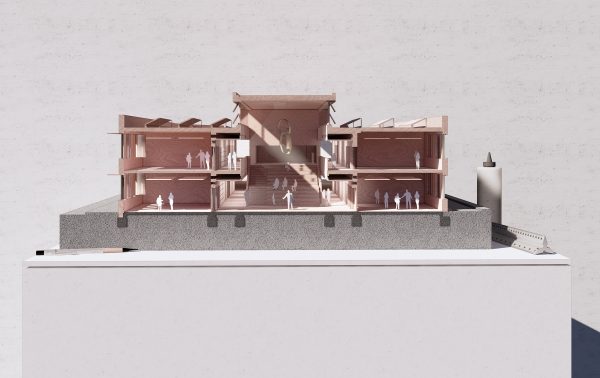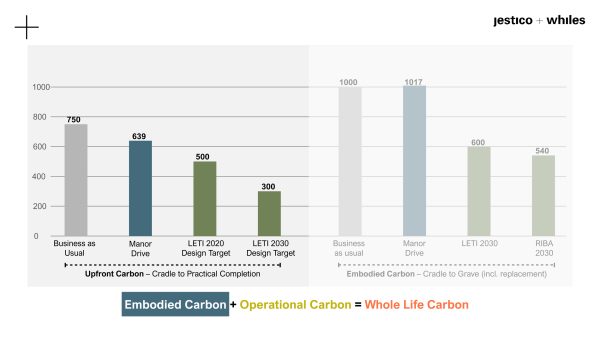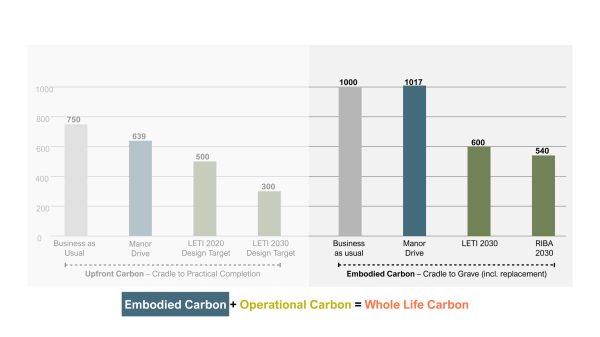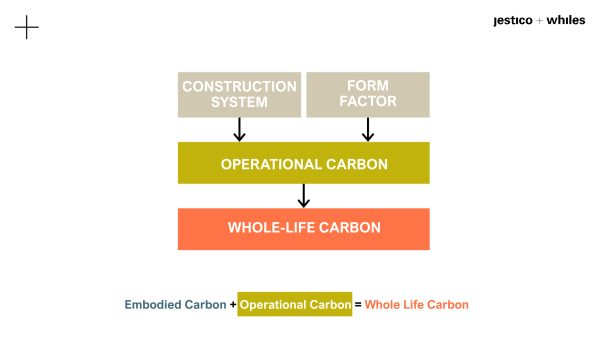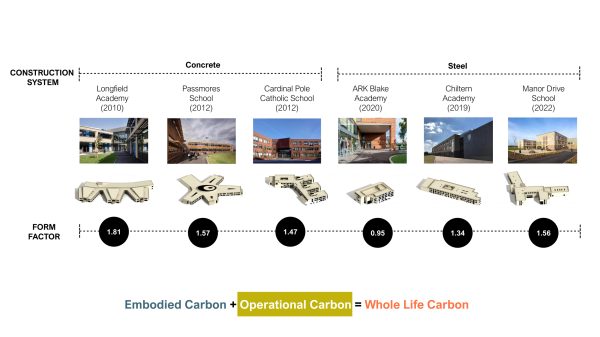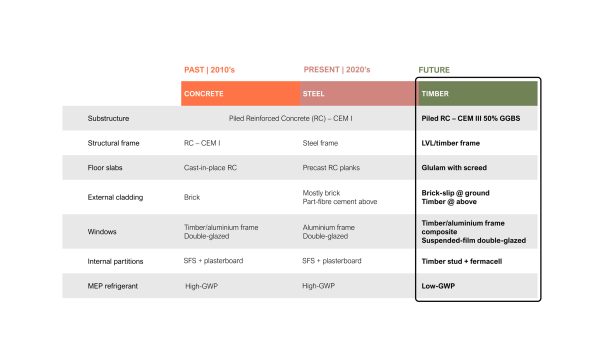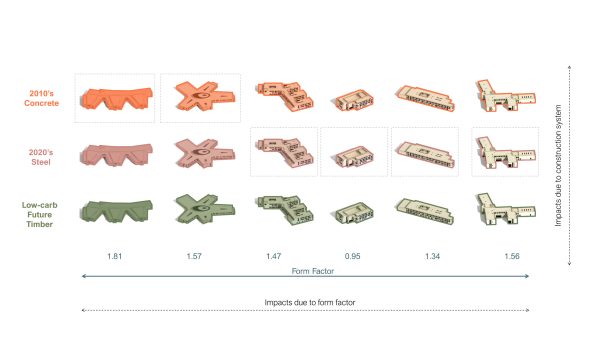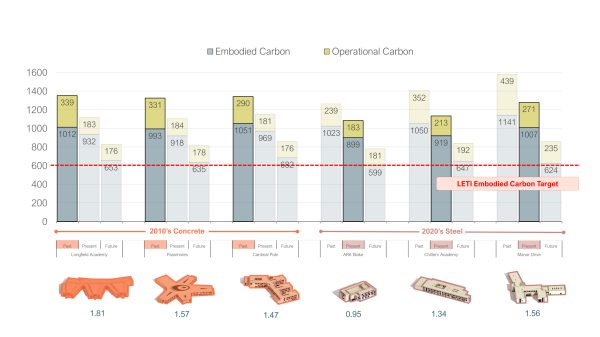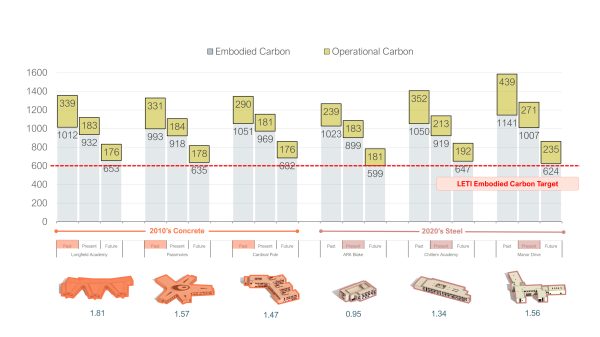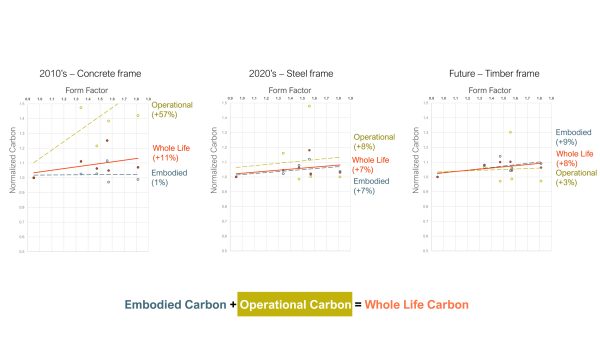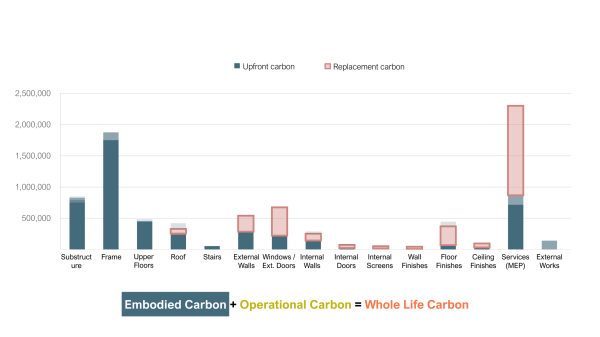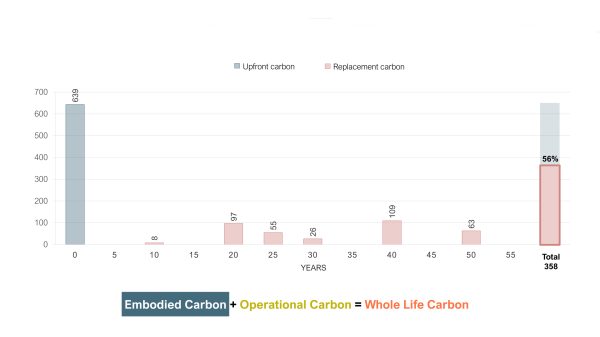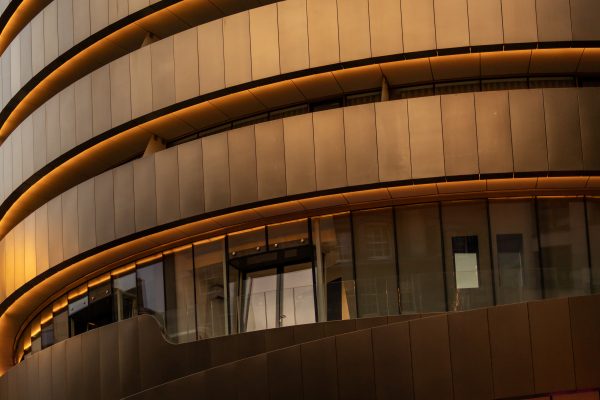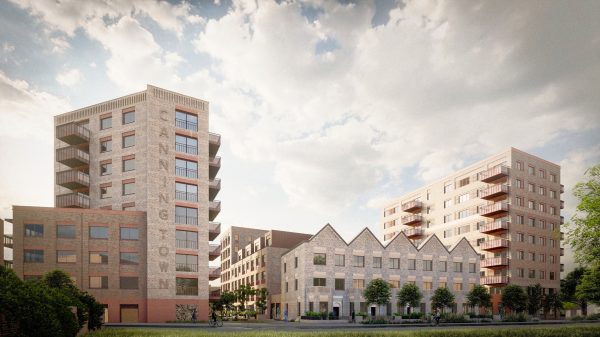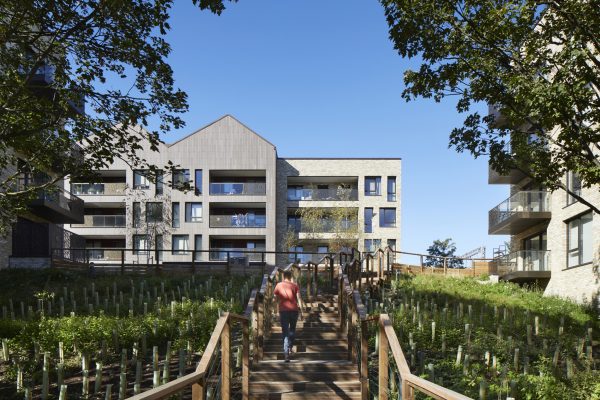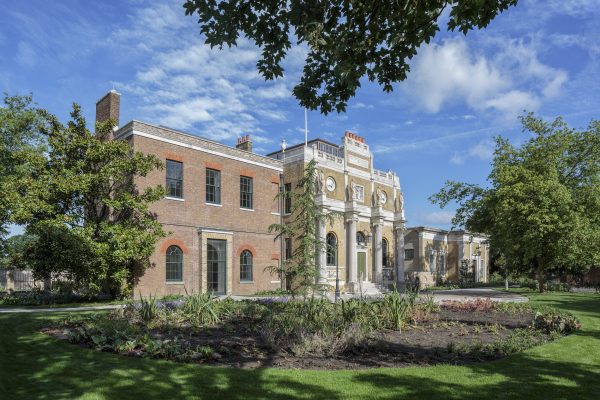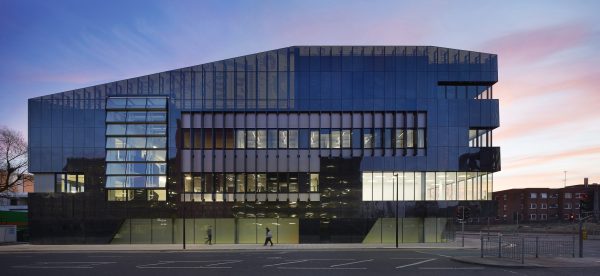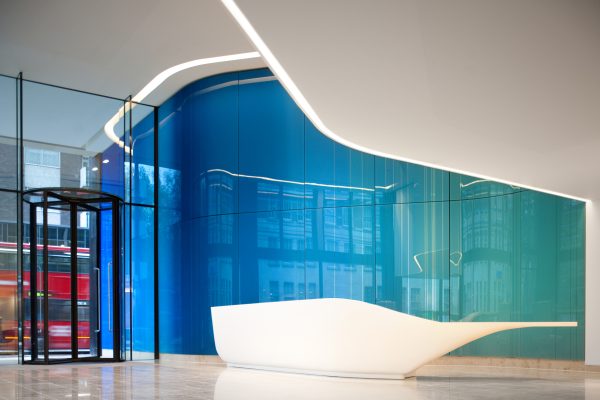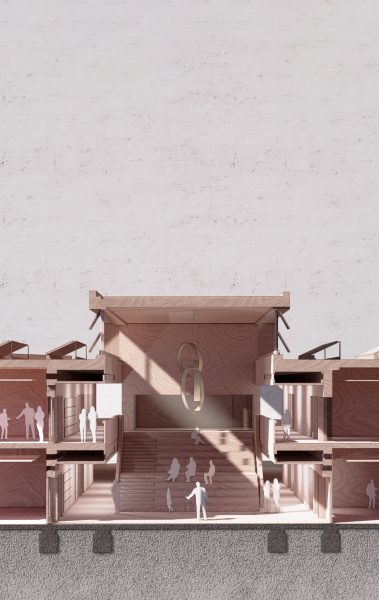The Zero Carbon School is a research project investigating carbon in school design. New-build government schools in England are already being delivered that achieve operational net zero, but what about whole life, a more complete measure that includes the carbon embodied in the construction process? Undertaken in collaboration with environmental building consultancy Introba, this research evaluated a typical English Department for Education school design, exploring how school construction needs to evolve to meet true net zero ambitions.
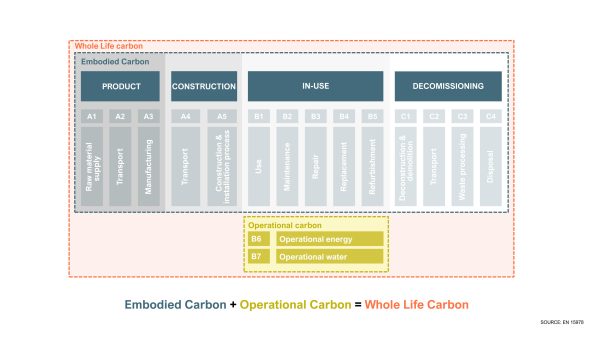
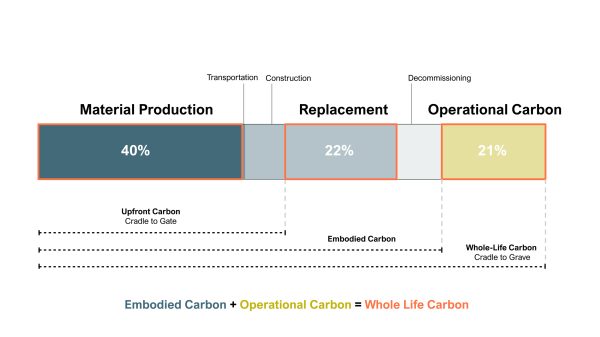
Understanding the scale of the embodied carbon challenge in school design begins with understanding where we are. Most of the new-build schools currently being constructed in England on the Department for Education (DfE) Contractors’ Framework are following a formulaic approach which, for more than a decade, has been driven by lowest cost; and not, until recently, by a carbon agenda. Schools constructed on this framework are now net zero carbon in operation, but what is their whole life carbon performance?
The largest component of embodied carbon, two fifths, is the production of the materials before they arrive on site. Less than a tenth is in construction activities. A fifth is in the replacement of components over the life of the building, and this is a similar proportion to the operational energy over a 60-year life, with a little more than a tenth, a similar amount to the construction, being in the decommissioning of the building at the end of its life.
Breaking embodied carbon down elementally, substantial amounts are in substructure and frame, as we would expect, with significant amounts in other components, particularly MEP. There is also a further 50% embodied carbon incurred during the building’s lifecycle: replacing cladding, windows, floor finishes, and especially MEP.
We explored how influential form factor is to measuring embodied carbon using six of our school designs, using the construction system as they were built, how they are generally being built today, and how they could be built in the future to an ultra-low low carbon specification.
There are benefits to simpler school forms, particularly in terms of cost, simplicity and quality assurance in construction. But our results also suggested that as embodied carbon and therefore whole life carbon is improves, form factor becomes less of an issue and we should not simply ignore opportunities for improving other building aspects, such as educational layout, qualities of space, or optimisation of passive performance.
The research concluded that the significant improvements in whole life carbon over the past decade in typical DfE new-build schools in England have mainly been in terms of operational carbon. Form factor does not significantly affect Whole Life Carbon, which suggests perhaps a little more freedom to better adapt design to site conditions for passive performance and for improved functioning of a school design. It is challenging to meet LETI and RIBA low carbon construction targets.
Jestico + Whiles is an industry sponsor of the upcoming Net Zero Carbon Buildings Standard (NZCBS) which will establish sector-based targets in 2024.
